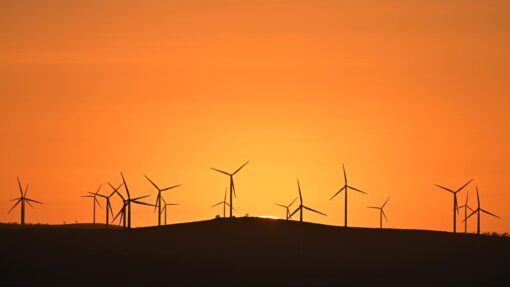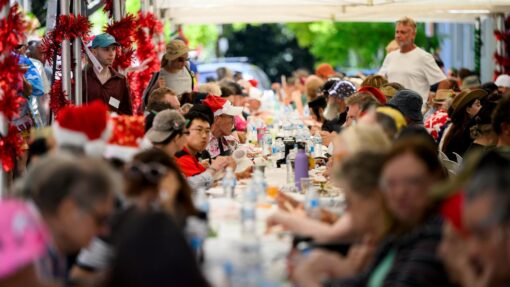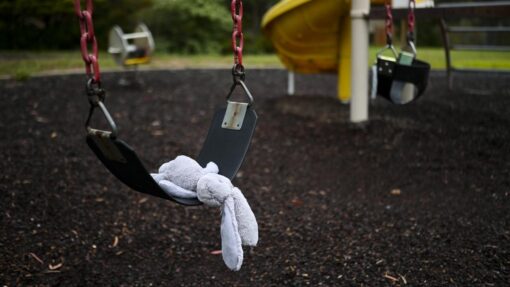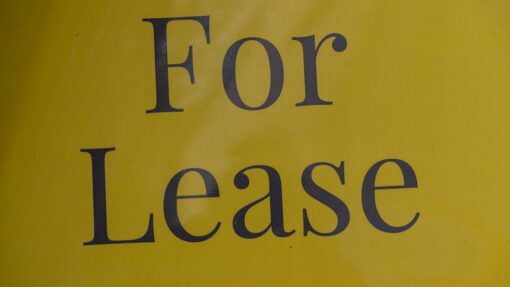Renewable energy delays make Australia less attractive
Jennifer Dudley-Nicholson |
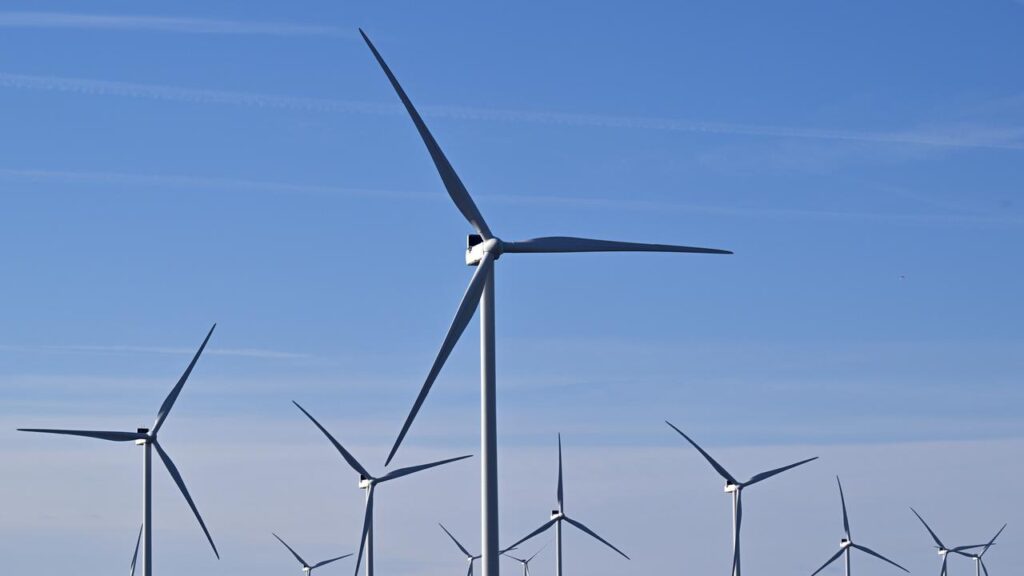
Almost half of renewable energy investors rate Australia as only “somewhat attractive” for future projects, a study finds, with delays to planning assessments, transmission and grid connections chief among their concerns.
But NSW has emerged as the most attractive location for renewable investments, replacing Queensland in top spot, and onshore wind and battery projects remain the most popular investment opportunities.
The Clean Energy Investor Group released the findings from its second annual member survey on Tuesday, while calling on federal and state governments to make changes to attract and maintain clean energy investments.
The group, whose 26 members have combined investments of about $38 billion, were quizzed on topics including the biggest challenges, opportunities and locations for renewable energy.
Of the 13 investors who responded, almost half (46 per cent) rated Australia as a “somewhat attractive” destination for clean energy investments, while 23 per cent remained neutral and another 23 per cent classified the nation as “very attractive”.

Delays to planning assessments, transmission build-outs, grid connections and environmental assessments ranked as the top challenges for investors, according to the study, and group chief executive Richie Merzian said regulators should urgently address the concerns.
“Australia remains highly reliant on foreign investment for renewables, with over 70 per cent coming from overseas,” he said.
“If the nation continues to be just ‘somewhat attractive’ for investors, we can expect that global capital to flow elsewhere, to other jurisdictions that are rolling out renewables and transmission with speed and scale.”
Investors were also more eager to develop some technologies than others, the study showed, with onshore wind, batteries and solar projects the most popular by a significant margin, followed by pumped hydro and offshore wind, which rose in popularity.
Nuclear energy remained in last place out of 11 options, and green hydrogen fell in popularity this year following the closure of Australia’s largest green hydrogen project in Gladstone.

Queensland also dropped out of top spot for renewable energy investment potential, with regulatory changes in NSW welcomed by respondents.
“NSW has made progress with clearer policy direction and recent planning reforms,” Mr Merzian said.
“The recent legislative changes and uncertainty in Queensland have weighed heavily on investor confidence despite the Queensland government’s claims it remains open for business.”
The report made several recommendations to boost renewable energy investments in Australia, including better co-ordination between state and federal governments, a boost to the energy workforce and reforms to environmental laws to ensure consistent assessments.
The federal government has a target of reaching 82 per cent renewable energy in the national grid by 2030, up from 43 per cent this year.
AAP